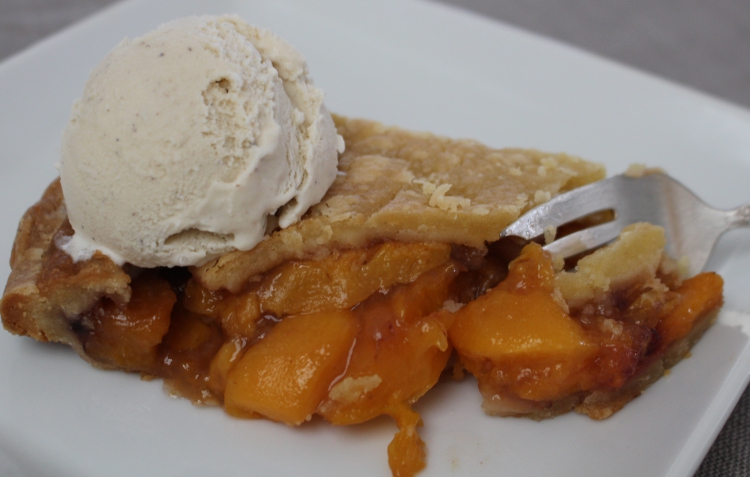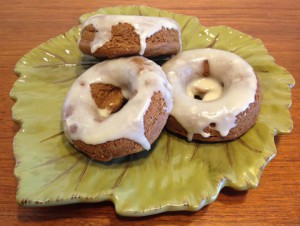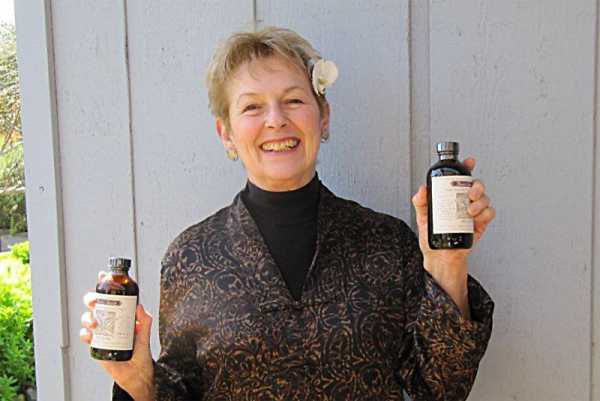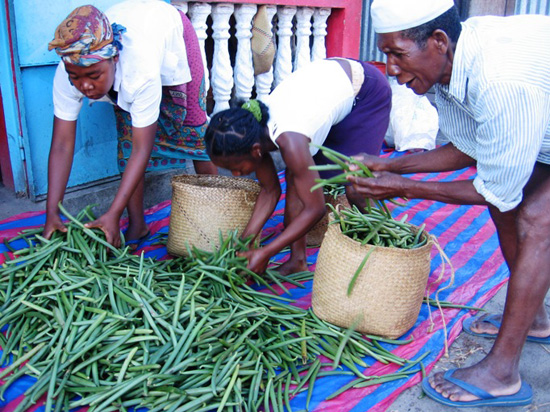
I'm amazed at how superior your vanilla is!
– Des, The Grommet
Given all the bad press on the evils of sugar, we know we need to be judicious about our intake, but it’s oh-so-difficult! We’re hard-wired to love it; sweet is the first taste sensation a newborn baby experiences, and for many of us, sweets are downright addictive. Given that we’re constantly reminded to limit our sugar consumption to prevent obesity, metabolic syndrome, diabetes and tooth decay, you can imagine my surprise when my favorite sugar — maple syrup — was recently declared a super food!
It makes sense that maple syrup — from sap produced by sugar maple trees — would be filled with antioxidants, vitamins and minerals as it is the life-sustaining liquid the tree produces to maintain its health. That we can tap the tree for the sap without harming the tree is one of nature’s truly remarkable gifts.
Sugar maples, botanically known as Acer saccharum, grow in the hardwood forests of Eastern Canada and the northern regions of the Central and Eastern United States. The sap from these trees can only be tapped on days when the temperature is above freezing, but drops below freezing at night.
Due to climate change and the trees’ distinctive demands for perfect conditions for sap collecting, the sweet stuff we love is close to endangered, especially here in the United States. As a result, ongoing research on the health benefits of the syrup along with methods for saving both the trees and the industry, are occurring simultaneously in the United States and Canada, with the hope to save this remarkable and iconic sugar.
So, what have scientists learned about maple syrup’s healthy properties? For starters, they now know that the syrup contains at least 109 bio-active compounds that provide health-giving properties. Several of the syrup’s compounds inhibit the enzymes that convert carbohydrates to sugars, offering the possibility of managing Type 2 Diabetes. This means that when we consume maple syrup, our blood sugar doesn’t spike in the same way it does with refined granulated sugar or corn syrup. Additionally, many of the antioxidant compounds, which prevent the oxidation and aging of our body’s cells aren’t found in any other natural sweeteners.
Maple syrup is loaded with anti-inflammatory properties. This is important as most sweeteners are inflammatory. In simple terms, inflammation makes our body more acid, aggravates our heart, can contribute to aching joints and arthritis and even encourages cancer cell growth.
Recently, the American Chemical Society announced that maple syrup has important properties for protecting brain health. the The ACS has now added pure maple syrup to their list of green tea, the resveratrol in red wine and curcumin found in turmeric as healthy foods that protect against developing Alzheimer’s. This discovery has spurred additional studies as scientists attempt to unlock the secrets of what causes Alzheimer’s and how it can be effectively treated.
Finally, a study at McGill University in Canada has found that the high phenolic compounds in pure maple syrup can fight antibiotic resistant bacteria! Scientists froze the syrup samples to create the richest possible extract. It was then tested on E. coli and proteus mirabilis, two varieties of bacteria that cause urinary tract infections. Used in tandem with the antibiotics, it increased the antibiotics ability to kill the bacteria.
While these tests have been used in laboratory studies and further research continues, maple syrup is now considered by American scientists a one-stop-shop superfood with incredible medical promise.
Unfortunately, there’s a downside to this story. Climate change is stressing the sugar maples and also adding to the difficulty of collecting the syrup from the trees. If the weather swings back and forth crazily between freezing and thawing temperatures or goes directly from freezing to warm without cold nights, there is no sap to tap. Data indicates that temperatures in New England have risen 2.1 degrees since 1971. Scientists have found that during unusually warm summers, the sap producing process drops by as much as 40 percent. This also has impacted the sweetness of the syrup. While it took 25 gallons of sap to produce a gallon of syrup in 1970, 40 – 50 gallons of sap must be used to create a gallon of syrup to meet the standard of required sweetness. And while the US produced 80 percent of the world’s maple syrup in the 1950s and 60s, Canada now produces 80% of the maple syrup largely because of climate change.
The upside, of course, is that pure maple syrup when used judiciously (no drinking it straight from the container), is a healthy sweetener. Purchasing pure maple syrup not only helps to support small holder farmers (sap tapping and gathering does not lend itself to large commercial ventures), it also helps to support research on climate change adaptation in order to keep the industry viable.
Now, a bit of information on choosing syrup. The lightest colored syrup come from the first tappings. It has a delicate, grassy flavor and is favored by true syrup connoisseurs. The syrup gets darker as the tapping season continues. The darker the syrup, the stronger the flavor and the more antioxidants. Light colored syrup is ideal for blending into yogurt or as a sweetener for coffee or tea; dark is for making frozen desserts or baking. For more information: https://vanillaqueen.com/an-off-season-ode-to-the-pleasure-of-maple-syrup/
I’m happy to shout to the world that pure maple syrup and pure vanilla are a dream team. Split a vanilla bean lengthwise and add it to your bottle of maple syrup and you’ll see how their flavors are complement each other. The bean can be re-used when you buy more syrup. You can also substitute pure maple syrup for other liquid sweeteners. However, using syrup in your baking can be a little trickier. Maple sugar, which is dried and powdered vanilla syrup, on the other hand, can be easily substituted for cane sugar. If you are measuring ingredients, you will need a little more maple sugar to replace granulated sugar. If you weigh your ingredients, it’s about 1 – 1.
Although it’s easy to find pure maple syrup in the marketplace, finding the sugar is more challenging. I personally recommend the Goodwin Family Farm in St. Johnsbury, Vermont. I have visited their farm and use their products almost exclusively (I say almost because sometimes I’m caught up short). They’re a wonderful family and buying from them means that you’re supporting a multi-generation Vermont family in their determination to keep their family tradition alive. You can contact them at: http://www.goodwinmaple.com/

Here are a few of my favorite recipes containing maple syrup: Maple Vanilla Granola, Maple Vanilla Custard, Maple Glazed Pumpkin Donuts, Maple Roasted Brussels Sprouts, and Maple Simmered Chicken. Want more recipes? Write “Maple” in our site’s Search and you’ll find even more recipes using maple syrup or sugar.
I was given a small bottle of Rain’s Choice in a gift basket and I have been hooked ever since. The flavor makes all of my baking so much better! I will never use grocery store vanilla again!


© 2021. All Rights Reserved
Designed/Developed by Kat & Mouse